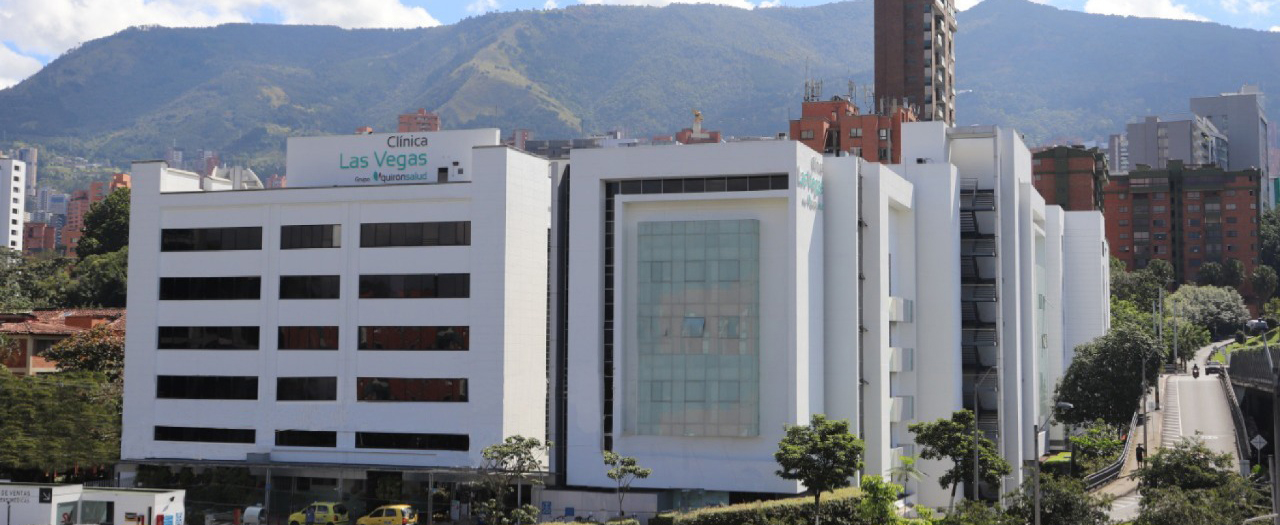Pulmonary Embolism
Why does a pulmonary embolism occur? Everything you need to know about the causes, symptoms, and treatments for a lung clot.
Symptoms and Causes
Pulmonary embolism occurs when a blood clot suddenly blocks the blood flow in one of the arteries leading to the lungs. In most cases, the clot forms in another part of the body (usually in a leg) and travels through the bloodstream until it reaches the respiratory system.
The damage caused by a blood clot in the lung can be severe, as the lack of oxygen may affect other organs in the body and permanently impair lung function. Early detection and treatment improve the prognosis and reduce the risk of long-term lung complications or death from the condition.
Symptoms
The symptoms of pulmonary embolism vary depending on the size of the clot and the area of the lung that is affected. Some patients may not experience any noticeable signs. However, there are some characteristic indicators of the condition:
- Sudden shortness of breath.
- Chest pain that worsens with breathing.
- Dizziness, fainting, and seizures.
Additionally, other possible symptoms include fever, cyanosis (bluish skin discoloration), coughing up mucus or blood, and leg pain.
Causes
The cause of pulmonary embolism is the formation of a blood clot that travels to one of the lungs.
Risk Factors
The risk of developing a clot increases in the following situations:
- Personal or family history of blood clots.
- Heart disease.
- Surgery and postoperative recovery.
- Blood clotting disorders.
- Certain types of cancer and chemotherapy treatment.
- Prolonged immobility or bed rest.
- Smoking.
- Obesity.
- Pregnancy.
Complications
The primary complication of pulmonary thrombosis is death. If detected early and treated properly, it is usually manageable. However, it can lead to pulmonary hypertension.
Prevention
After experiencing a clot in the leg, pulmonary embolism can be prevented by elevating the lower limbs or wearing compression stockings to improve blood flow. Patients with clotting disorders may benefit from anticoagulant medications.
Which Doctor Treats Pulmonary Embolism?
Emergency physicians, intensivists, pulmonologists, and cardiologists specialize in diagnosing and treating pulmonary embolism.
Diagnosis
Diagnosing pulmonary embolism can be challenging, especially in individuals with other heart or lung conditions. Healthcare professionals typically rely on various tests, such as:
- Blood test: Measures oxygen levels in the blood and checks for D-dimer (a protein fragment released when the body breaks down a clot).
- Computed tomography pulmonary angiography (CTPA): Allows visualization of blood vessels to detect clots.
- Doppler ultrasound: Identifies slowed or blocked blood flow.
- Ventilation/perfusion scan: Measures both airflow and blood flow in the lungs.
- Phlebography: Uses contrast dye to provide a clear image of veins and arteries.
Treatment
Pulmonary embolism can be treated using two main approaches:
- Medication-based treatment: Anticoagulants or thrombolytics to prevent clot formation or dissolve existing clots.
- Surgical treatment: Thrombolysis involves inserting a thin catheter into the blood vessels to break up clots. In some cases, a vena cava filter is placed to trap clots before they reach the lungs.









































































































